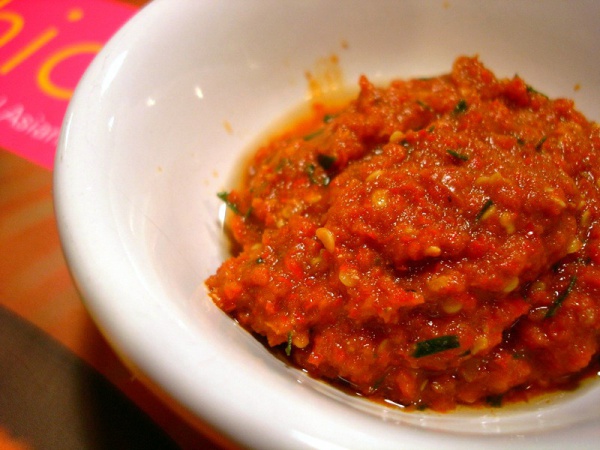Facts About Malaysian cuisine
Malaysian cuisine offers a delectable reflection of the nation's diverse population, encompassing Malays, Chinese, Indians, indigenous groups, and expatriates. This cultural mosaic has yielded a rich culinary tapestry shaped by historical migrations, colonization, and Malaysia's strategic geographical position. The outcome is an exquisite amalgamation of Malay, Chinese, Indian, Indonesian, and Bornean traditions, enhanced by touches of Thai, Portuguese, Dutch, Arabian, and British culinary influences.
A standout feature of Malaysian cuisine is its intricate use of various condiments and spices, including chili peppers, belacan (shrimp paste), coconut, soy sauce, lemongrass, pandan leaves, turmeric, and tofu products. Dried seafood such as ikan bilis (anchovies) and dried shrimp also play a pivotal role in enriching Malaysian dishes.
Rice holds a central place in Malaysian cuisine, with nasi lemak (rice cooked with coconut milk) being a national favorite. Other popular dishes include congee (rice porridge) and various noodle recipes. Bread is also common, ranging from Western-style loaves to traditional Indian breads like roti canai. Meat, seafood, and vegetables are integral to the Malaysian diet, with beef, poultry, and seafood being particularly favored.
Malaysian desserts and sweets are equally enticing, drawing inspiration from Malay, Chinese, and Indian culinary traditions. These confections often incorporate coconut milk, palm sugar, and pandan leaves. Noteworthy examples include agar-agar (jelly), ais kacang (shaved ice dessert), cendol (green jelly in coconut milk), and kuih (bite-sized snacks).
Communal eating is a cherished aspect of Malaysian culture, where an array of dishes is served simultaneously for everyone to share. The tradition of "open house" during festive seasons is prevalent, with hosts warmly inviting guests to enjoy a variety of homemade or catered dishes.
Malaysia boasts a wide range of food establishments, from kopitiam (traditional coffee shops) and Mamak stalls (operated by Tamil Muslims) to various restaurants offering Malay, Chinese, and Indian cuisines. Each ethnic group contributes its unique culinary traditions:
- Malay Cuisine: Rice is the cornerstone, featuring dishes like rendang (spicy meat stew), nasi dagang (rice with fish curry), and satay (grilled meat skewers).
- Chinese Cuisine: Malaysian Chinese food includes adaptations of Cantonese, Hakka, Fujian, and Teochew dishes, such as bak kut teh (pork rib soup), char kway teow (stir-fried noodles), and Hainanese chicken rice.
- Indian Cuisine: Predominantly South Indian, the cuisine includes dishes like banana leaf rice, chapati, fish head curry, and snacks like vadai and murukku.
- East Malaysian Cuisine: Unique dishes from Sabah and Sarawak use indigenous ingredients and methods, such as hinava (raw fish salad) and manok pansoh (chicken cooked in bamboo).
Cross-cultural adaptations are also commonplace, resulting in fusion dishes like tom yam (Thai-inspired soup) and Nyonya cuisine, which blends Chinese and Malay elements. Vegetarianism is widely practiced, especially among Buddhists and Hindus, and numerous vegetarian restaurants are available.

 Indonesia
Indonesia